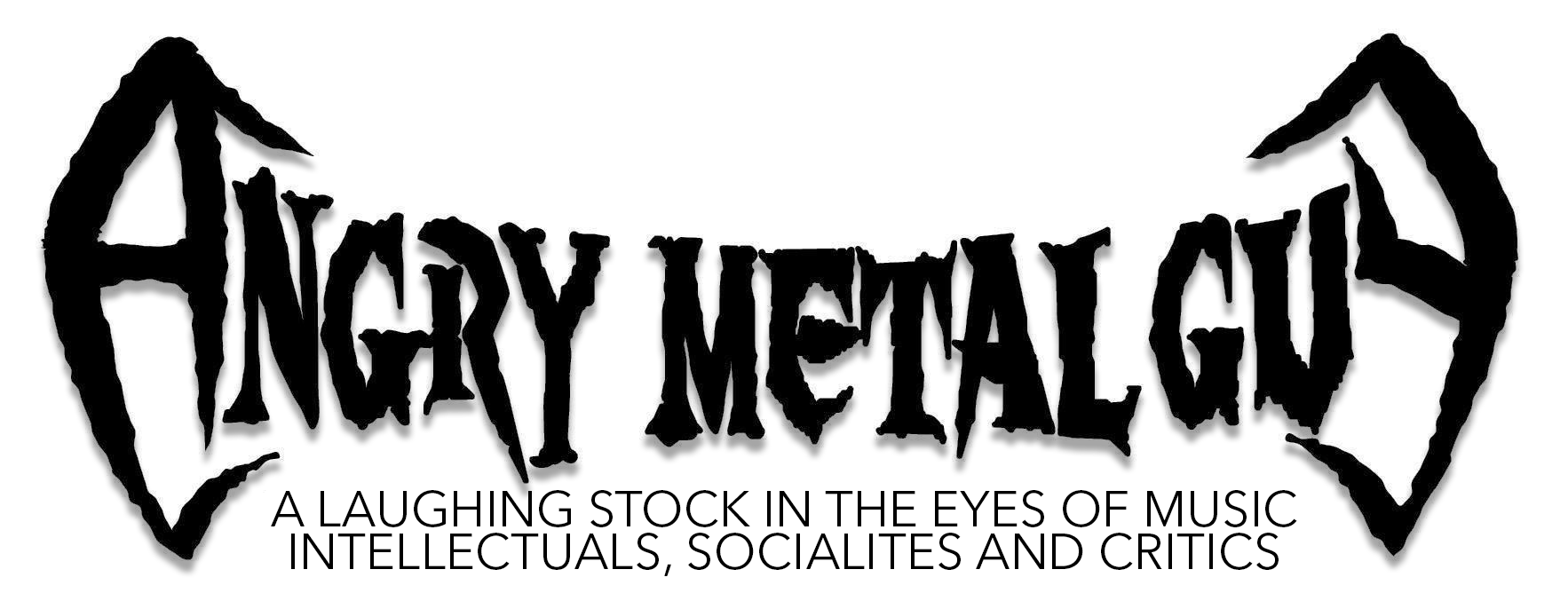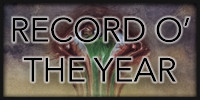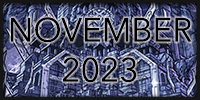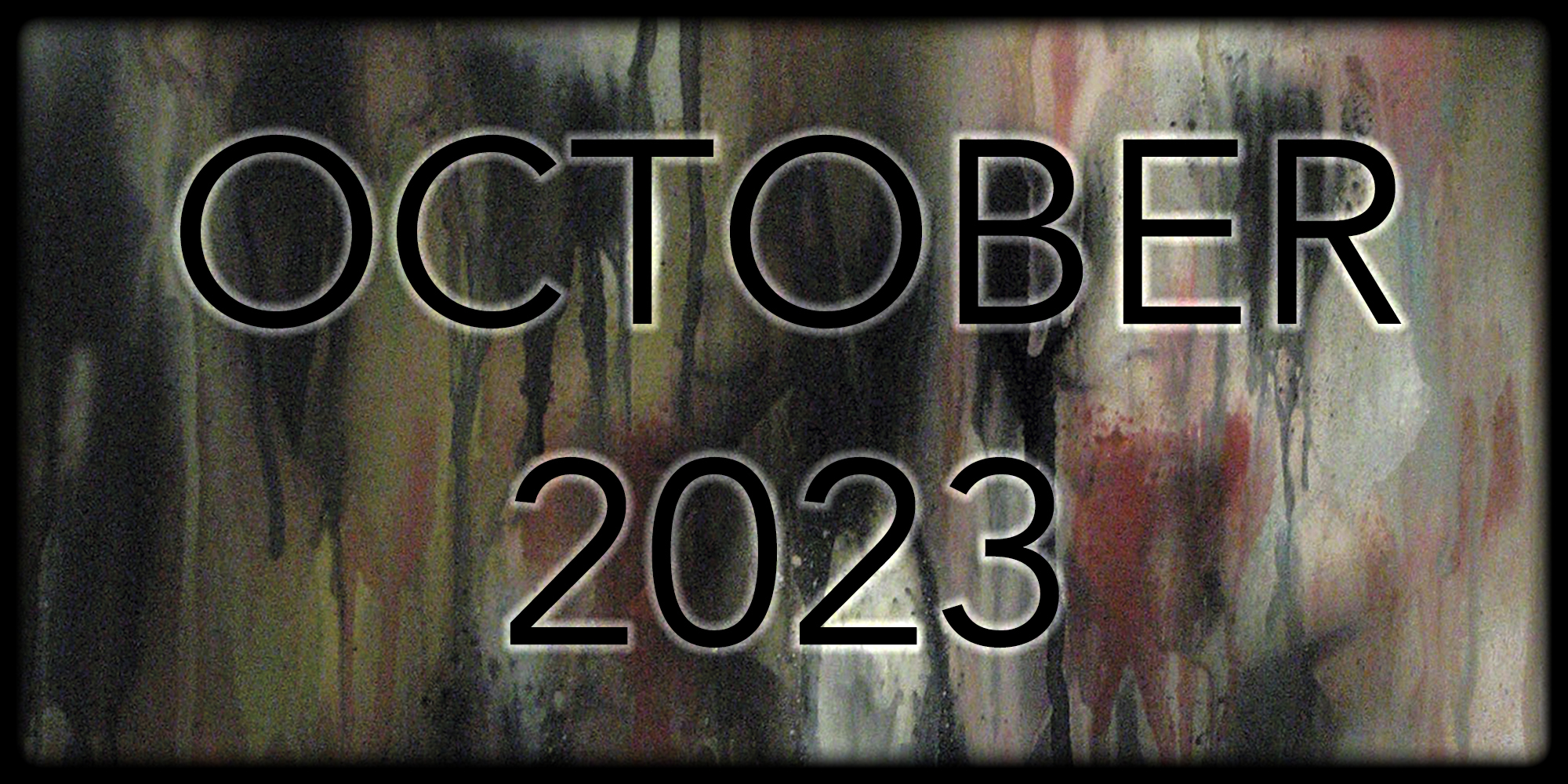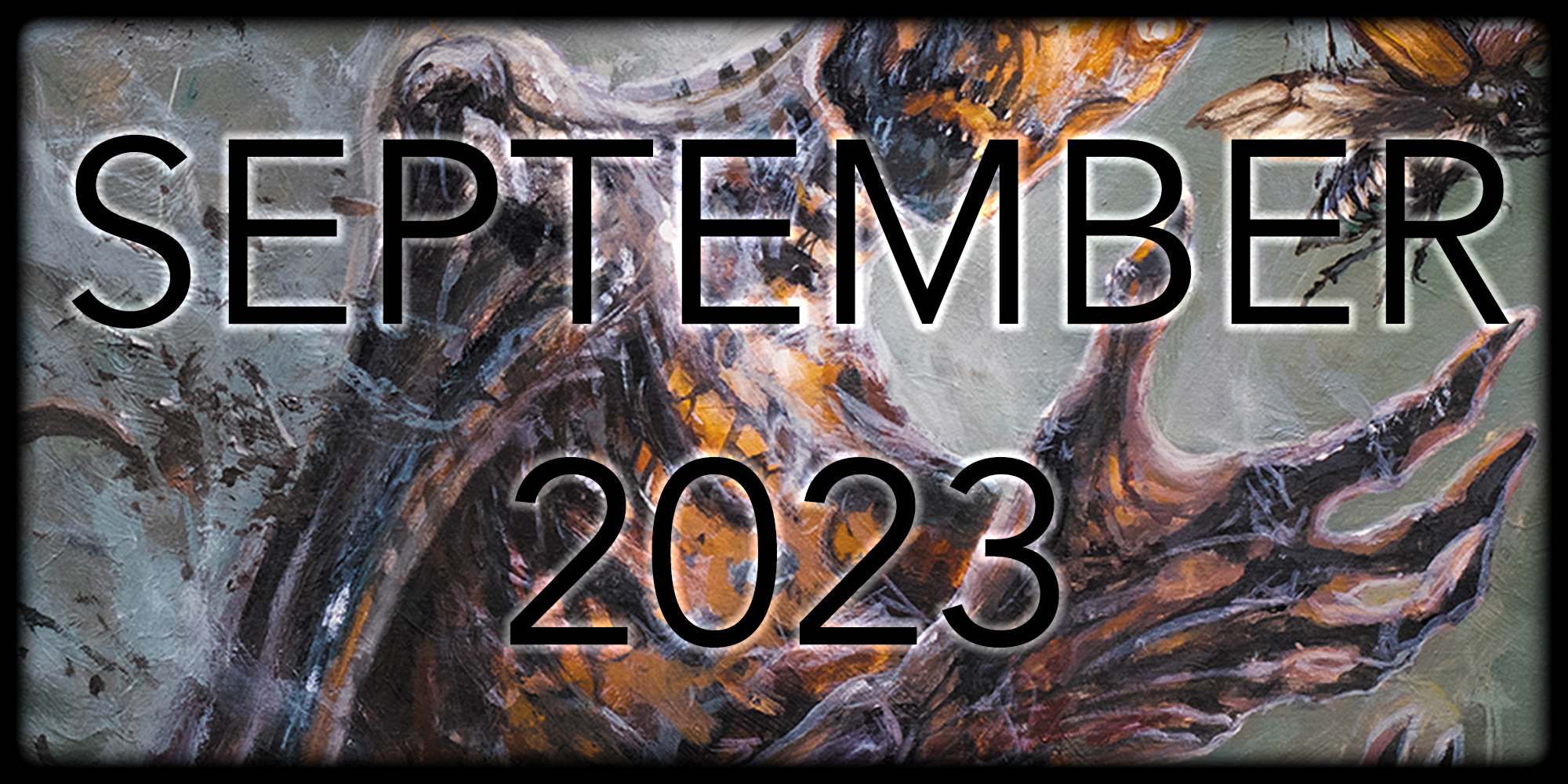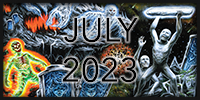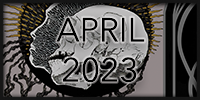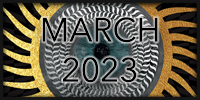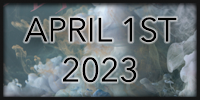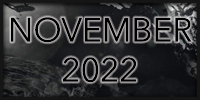Persefone // Spiritual Migration
Rating: 3.5/5.0 — A successful follow-up to a brilliant record is often more difficult than writing the brilliant record in the first place
Label: ViciSolum Productions
Websites: persefone.com | facebook.com/persefoneband
Release Dates: EU: 2013.03.26 | US: 04.02.2013
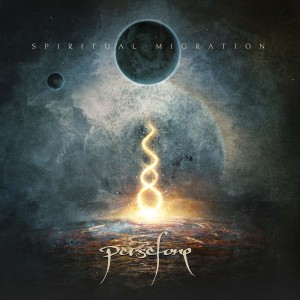 Persefone is in a bit of a strange position; a darling of the underground progressive metal scene, while still not being particularly well known. Formed in 2003, these Andorran prog metallers have a sound deeply influenced by the ’90s melodeath, progressive black and prog scenes including Opeth, Borknagar, Arcturus and Symphony X. In 2004 they released their debut record Truth inside the Shades and followed up quickly in 2006 with the epic Core. But it wasn’t until 2009 when Persefone blew the world of progressive metal up with Shin-Ken. The record was long, in-depth and gripping — with a unique sound palette that still hit home with metal fans. Technical, sprawling and unique Shin-Ken set the bar for Persefone tremendously high.
Persefone is in a bit of a strange position; a darling of the underground progressive metal scene, while still not being particularly well known. Formed in 2003, these Andorran prog metallers have a sound deeply influenced by the ’90s melodeath, progressive black and prog scenes including Opeth, Borknagar, Arcturus and Symphony X. In 2004 they released their debut record Truth inside the Shades and followed up quickly in 2006 with the epic Core. But it wasn’t until 2009 when Persefone blew the world of progressive metal up with Shin-Ken. The record was long, in-depth and gripping — with a unique sound palette that still hit home with metal fans. Technical, sprawling and unique Shin-Ken set the bar for Persefone tremendously high.
Persefone still paint a compelling picture with their songwriting – which on Spiritual Migration runs the gamut from newly introduced djent strains to Symphony X-style guitar wizardry on “Consciousness (Part II): A Path to Enlightenment” to melo prog rock on “Zazen Meditation” to techy death on “Upward Explosion.” Spiritual Migration is meant to be heard as a whole, with every note in its place and a record that flows from the very first second to the last. Everything is pre-meditated, beautifully constructed and well thought out, but this pushes the record to a remarkably long 66 minutes.
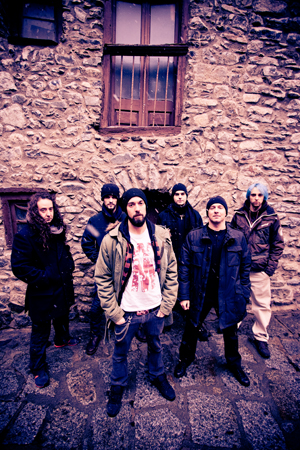 A 66 minute record needs to be outstanding to be entertaining for its entire length, and Spiritual Migration’s greatest weakness is that the record is written as a progression. While the first half is a meaty blend of Symphony X meets The Black Dahlia Murder and Arsis, the latter part of the record wanders into techy death and too much Meshuggah chug. This combination of album length, Marc Martin’s new vocal approach which sounds a lot more core than death metal and djenty chug – a thing I don’t find to be particularly stimulating – makes the second half of the record hard to get through at times. The pacing simply drags, my eyes feel heavy and I want to go back and listen to “The Majestic Gaia” or “Consciousness (Part II)” again.
A 66 minute record needs to be outstanding to be entertaining for its entire length, and Spiritual Migration’s greatest weakness is that the record is written as a progression. While the first half is a meaty blend of Symphony X meets The Black Dahlia Murder and Arsis, the latter part of the record wanders into techy death and too much Meshuggah chug. This combination of album length, Marc Martin’s new vocal approach which sounds a lot more core than death metal and djenty chug – a thing I don’t find to be particularly stimulating – makes the second half of the record hard to get through at times. The pacing simply drags, my eyes feel heavy and I want to go back and listen to “The Majestic Gaia” or “Consciousness (Part II)” again.
Despite this, I can’t help but be impressed with Spiritual Migration’s construction as an album. The record starts out with one sound — more akin to Shink-Ken and Core — and develops into a Meshuggah-chug record that will please the djentlemen among us during the story’s apparent climax. After reaching the two part “Consciousness” tracks, the album veers between tracks 8 (“Inner Fullness”) and 11 (“Spiritual Migration”) to a much more tech-death + djent approach, before veering back around to the more progressive melodeath sound the band has really perfected. “Returning to the Source” is a fitting name, and the piano outro leaves the listener with a sense of peace. It is a structure that works, in spite of my Angry Metal Attention Deficit Disorder, and that is commendable for its attempt to tell a story as much with the music as with the lyrics.
It is precisely this intellectual approach to song-writing and album craft that keeps me coming back to Spiritual Migration and to Persefone as a band. So many records are just combinations of songs thrown together, but these Andorran proggers aren’t ready to settle for anything less than art. Because of this vision I keep returning to Spiritual Migration and it keeps growing on me. I am stunned by the riffing and playing in certain places, I am impressed with the mix and the writing in other places, and even on the back end I try to let myself suck in the experience for what it is. Spiritual Migration is a meditation on what metal can be – give it 70 minutes and see if you reach oneness with Persefone’s creative vision.
